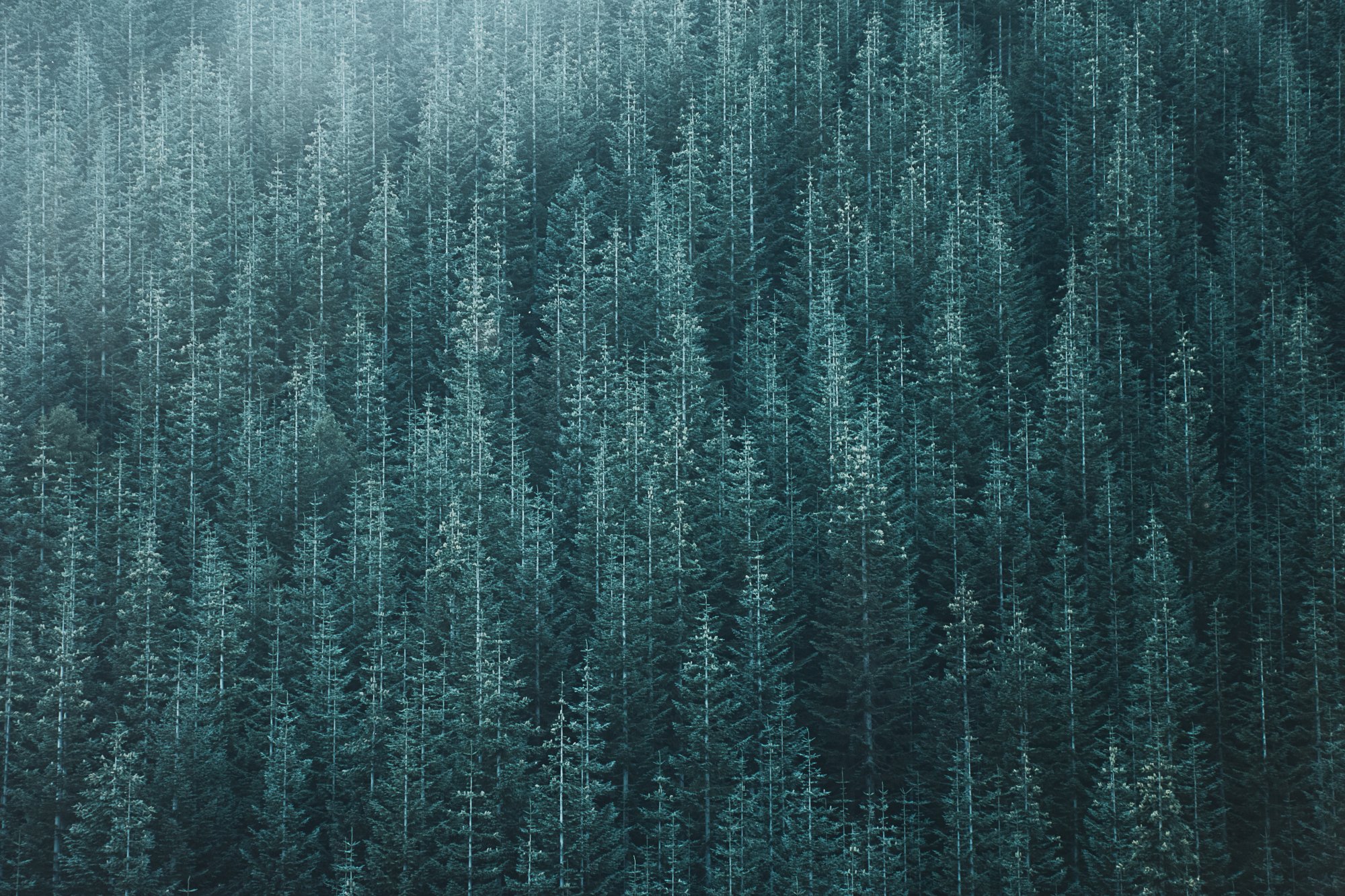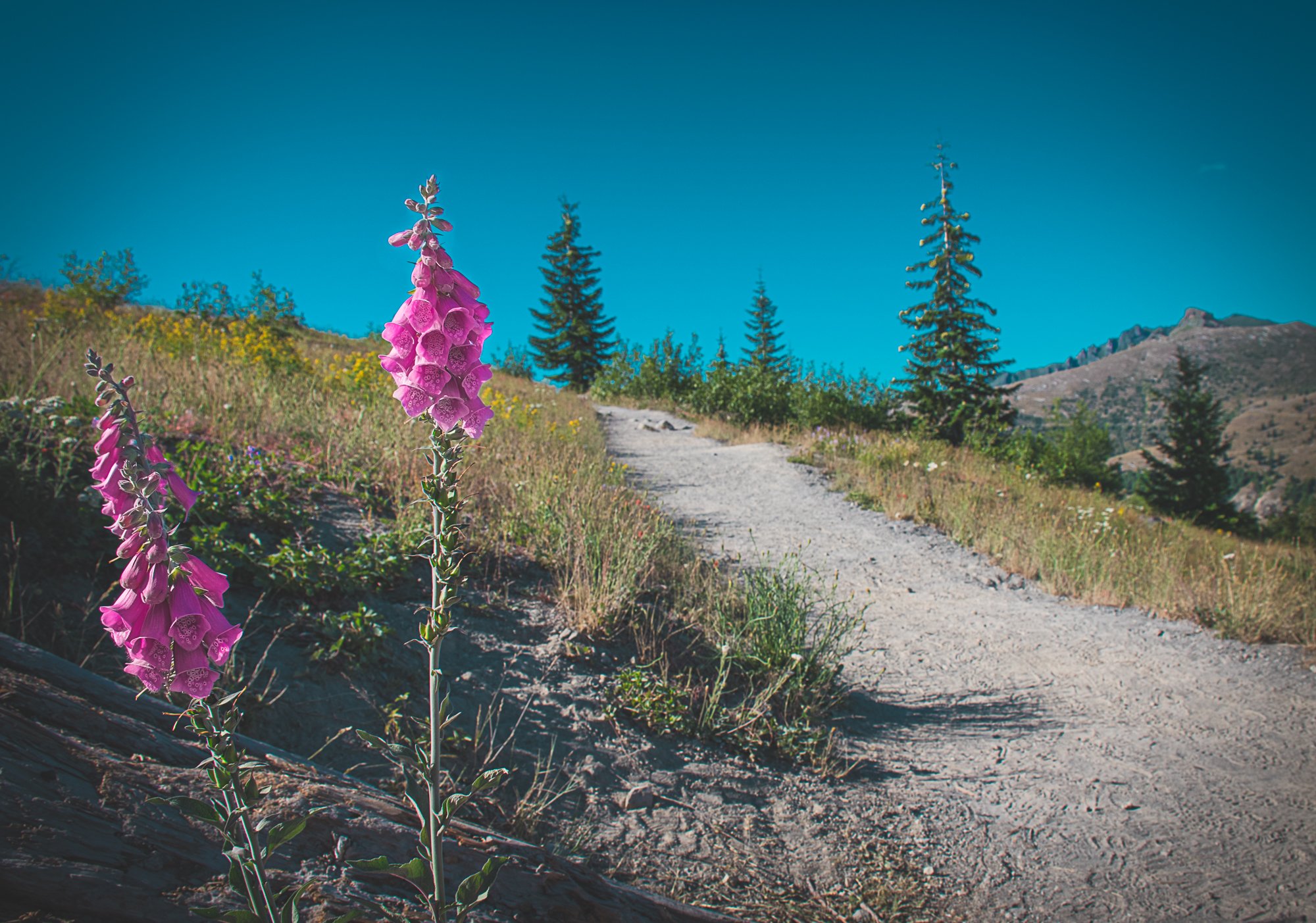Mt. St. Helens National Volcanic Monument
The Mt. St. Helens eruption on May 18, 1980 was apparently a sight to see. Many of my patients were alive for it and they still can remember the “eruption mist” that clouded the sky for a few weeks. When visiting, my patients highly recommended going to the Johnston Ridge Observatory at Mt. St. Helens to watch the video at the visitors center; it really brings it all to life and along with it, meaning to the scene in front of you.
On my visit, we hiked the 5-mile Boundary Trail to Devil’s Point from the Observatory which gets you fairly close to the volcano. From there you can see the smoke still coming from the center! We also saw Spirit Lake near the end of the trail, which is the lake where Harry Truman lived and was last seen, a loud and proud local who refused to leave his home during the time of the eruption. Johnston Ridge was named after David Johnston, a volcanologist, who happened to be on duty near the present-day observatory during this monumental event.
57 people died in the eruption on May 18, 1980
From here you can see Spirit Lake on the left and its proximity to the volcano
On the drive to the observatory, there were many trees planted in effort to grow back the forests surrounding the volcano that were blasted during the eruption. It was eerie spotting perfectly placed trees in a row for miles. It was also chilling to see the white, downed trees on the hike. A lot of my patients couldn’t wait to see my pictures to see if the wildflowers had started blooming again, which they had! Not in as much in abundance as they are at Mt. Rainier, but they were very colorful nonetheless.









